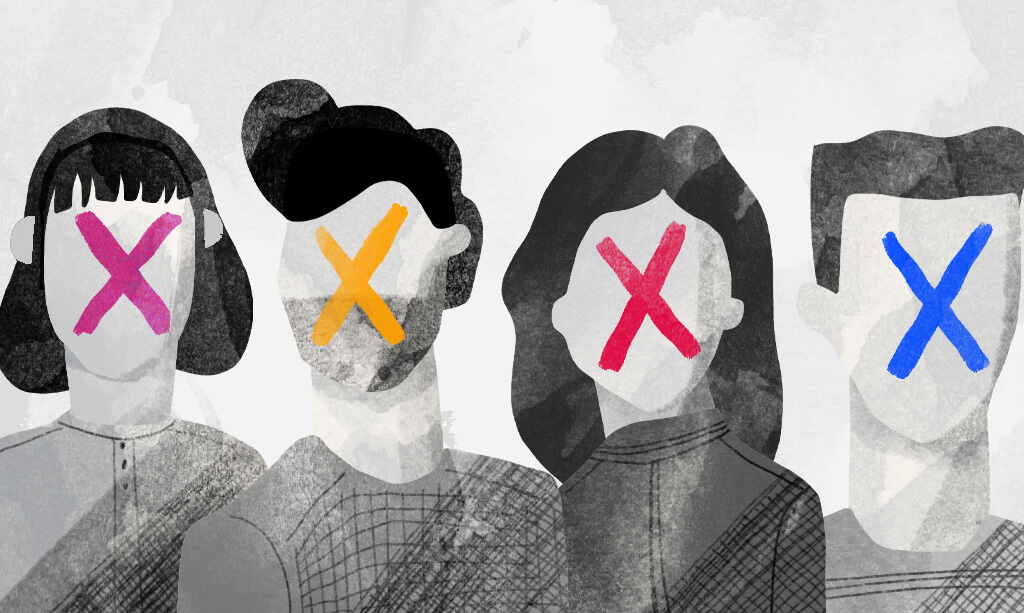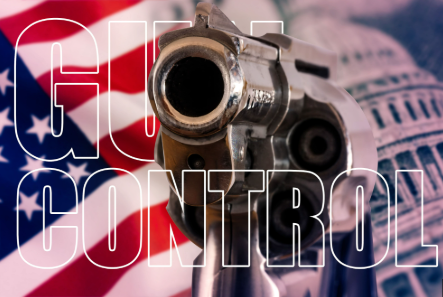
Every generation is defined by the social aspect of its time, as subcultures often arise through the circumstances of the time. Today’s youth are quickly and simultaneously evolving and deteriorating as a result of one crucial piece of technology—the iPhone.
iPhones have transformed from a social privilege to the norm. Remember your cool friend in middle school who had the new pink Motorola Razr? Now all of your friends have the Motorola Razr. According to a recent statistic, nearly half of all American teens own iPhones. However, this ratio does not hold even in all parts of the country: I challenge you to walk into any classroom at Walpole High School and find more than three students who do not own smart phones.
Though many would like to claim that material possessions do not hold strong importance in their everyday lives, there is no denying that iPhones have a measurable impact on the average teen’s social life. Speaking as the owner of a circa-2008 Verizon phone, I have felt exclusion to some degree. Many everyday conversations with my friends go something like this:
Friend: Are you coming on Friday?
Me: What?
Friend: Oh wait, you didn’t get the group message…
I have also been asked various times if I have a Snapchat—of course, I could send my friends pixelated close-ups of my face from my LG Cosmos 3 (a.k.a. my “dumb” phone), but I do not think that would be particularly appreciated.
Life without the iPhone, despite what I have been told, is not unbearable. I am not denied friends because of my lack of a smart phone; however, sitting in a restaurant attempting to make conversation while my companions sit there scrolling or instagramming their food gets old after a while. I am not making the assumption that every iPhone user is anti-social because of his or her attachment to the device, but I would recommend that some heavier smart phone users take some time to go outside and see the world without a filter (a sort of “three day cleanse” for Instagram addicts, if you will).
As a result of my inevitable social exclusion stemming from my ownership of a “dumb” phone, I was initially confused as to what iOS7 was. The odd acronym started popping up in my friends’ conversations, and began to gain dominance in my Twitter feed. Because of the widespread use of the term “iOS7,” I was not surprised upon learning that it was associated with the iPhone. As a fervent iTunes user and owner of an iPod nano, I am familiar with the concurrent excitement and reluctance associated with program updates; consequently, I understand the complaints of many iPhone users. Why fix a program that is so widely used and valued? While some disappointment is understandable (If it is a program update, applications should not be taking longer to open, right?), complaints about “the way it looks” do not seem as justifiable, especially when being explained to someone who does not own an iPhone. While not everything about iOS7 is great, the majority of the criticisms seem to be towards the visual aspects of the software, such as its resemblance of a “Windows” phone. And frankly, from the point of view of the owner of a simple mobile phone, a Windows phone does not look too shabby.
Will iOS7 have an effect on American consumerism and Apple’s success? Most definitely not, despite what the harshest critic has to say. Many of Apple’s customers are disappointed by the stylistic change in the software; however, the denunciation seems too severe for such a remarkable device. iOS7 has not eliminated any of the spectacular capabilities of Apple devices, and with a positive outlook and some time to adjust to the update, one might even say the software has enhanced the devices. And if there is so much to complain about, why not just give away your iPhone? (to me!)








